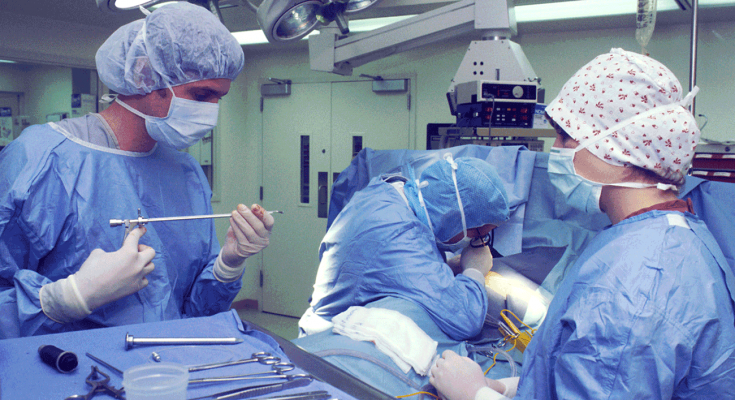The global obesity surgery devices market size was valued at $1.4 billion in 2016, and is expected to reach 2.8 billion by 2023, growing at a CAGR of 9.9% during the forecast period (2017-2023). Obesity surgery is mainly performed through minimally invasive and non-invasive surgical procedures. The minimally invasive surgical procedures occupied larger share in 2016. Non-invasive surgical procedures is expected to increase at a faster pace, at a CAGR of 17.1% during the forecast period. This increase is mainly attributable to the negligible incisions on the body in non-invasive procedures and less complications as compared to minimally invasive surgical procedures.
Increasing prevalence of obesity, rising awareness about bariatric surgery among the obese population, and lifestyle changes leading to high risk of obesity are some of the factors boosting the growth of the obesity surgery devices market. As per the data published by the American Society for Metabolic and Bariatric Surgery (ASMBS), the number of bariatric surgeries performed in the U.S. increased from 158,000 in the year 2011 to 196,000 in 2015, indicating that the market will grow at a considerable rate in future.
Taking into an account of geographical landscape, North America held the largest share in the obesity surgery devices market in 2016 and is expected to grow at a CAGR of 9.5% during the forecast period, mainly driven by increasing demand for minimally invasive procedures for reducing obesity, high expenditure on healthcare and increasing prevalence of obesity in the region.
Globally, the key players in the obesity surgery devices market are launching new products to gain a larger market share. For instance, in April 2017, Intuitive Surgical, Inc., announced that the company had received CE Mark approval in Europe for its da Vinci X Surgical system. This approval expanded the company’s product portfolio and also provided surgeons and hospitals with advanced robotic assisted surgical technology at an affordable range.




